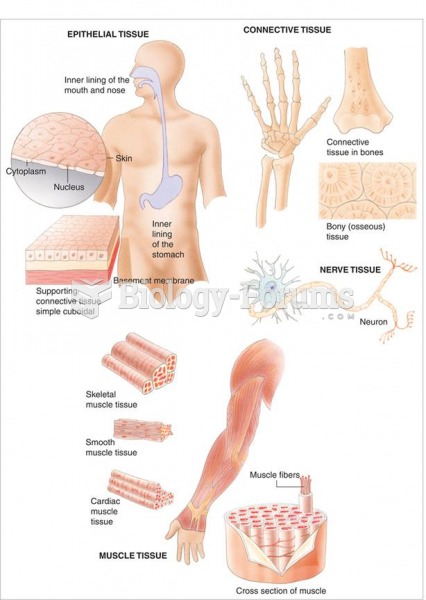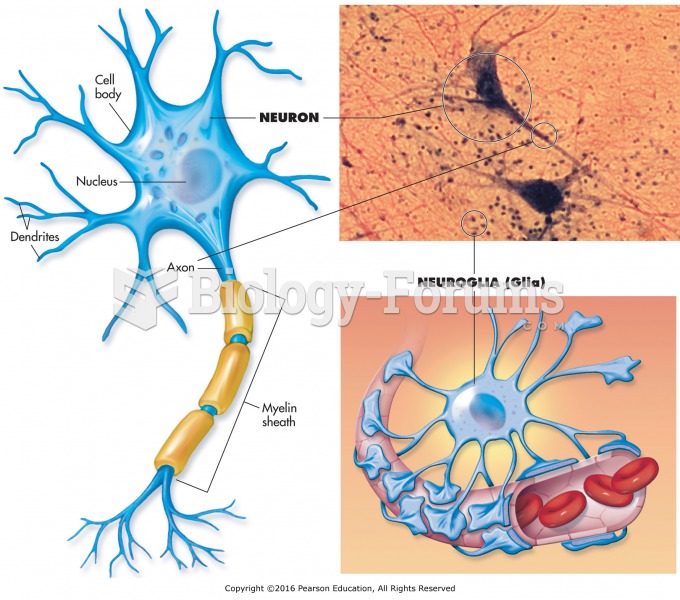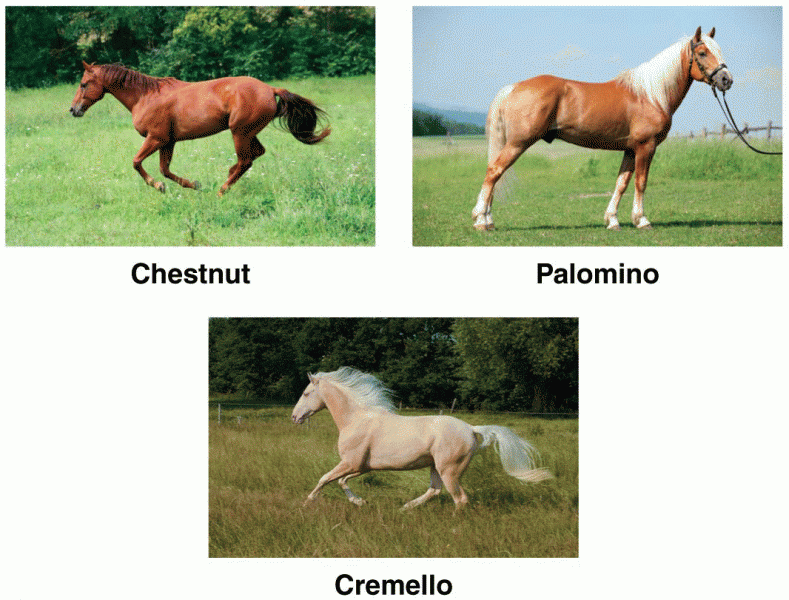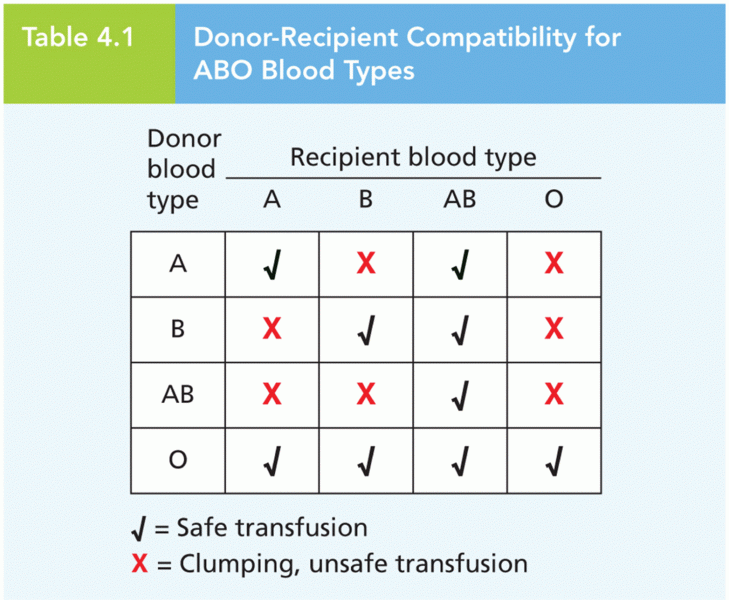Answer to Question 1
Answer: Diffusion is simply the process by which a characteristic spreads across space from one place to another over time. Something originates at a hearth or node and diffuses from there to other places. Diffusion occurs through cultural interaction involving persons, objects, or ideas. Geographers observe two basic types of diffusion: relocation diffusion and expansion diffusion.
Relocation diffusion is the spread of an idea through physical movement of people from one place to another. When people move, they carry with them their culture, including language, religion, and ethnicity.
Expansion diffusion, on the other hand, is the spread of a feature from one place to another in a snowballing process. This expansion may result from one of three processes: hierarchical diffusion, contagious diffusion or stimulus diffusion.
Hierarchical diffusion is the spread of an idea from persons or nodes of authority or power to other persons or places. This may result from the spread of ideas from political leaders, socially elite people, or other important persons to others in the community.
Contagious diffusion is the rapid, widespread diffusion of a characteristic throughout the population. As the term implies, this form of diffusion is analogous to the spread of a contagious disease, such as influenza.
Stimulus diffusion is the spread of an underlying principle. For example, innovative features of Apple's iPhone and iPad operating systems have been adopted by competitors.
All three types of expansion diffusion occur much more rapidly in the contemporary world than in the past, because of widespread access to modern communications systems. Ideas are able to diffuse from one place to another, even if people are not actually relocating.
Answer to Question 2
Answer: A Geographic Information System is a computer- based system that not only captures and stores information, but also is able to execute queries, do analysis, and displays geographic data. Geographic Information Systems can be used to produce maps that are more accurate and attractive than those drawn by hand. With GIS, the position of any object on Earth can be measured and recorded with mathematical precision and then stored in a computer. A map can be created by asking the computer to retrieve a number of stored objects and combine them to form an image, with each information type stored as a layer.
There are many uses to which GIS can be put. GIS enables geographers to calculate whether relationships between objects on a map are significant or merely coincidental. Layers can be compared to show relationships among different kinds of information. To protect hillsides from development, for example, a geographer may wish to compare a layer of recently built houses with a layer of steep slopes.







